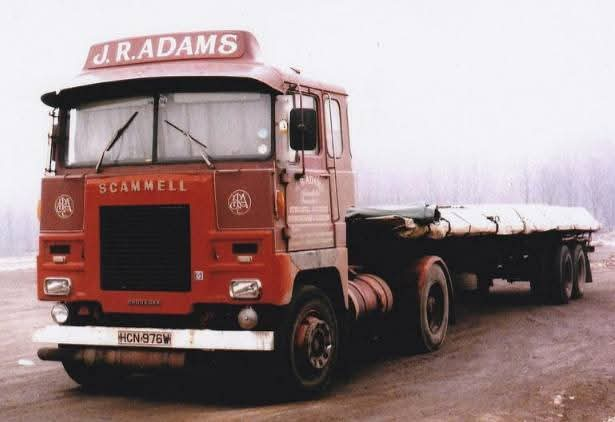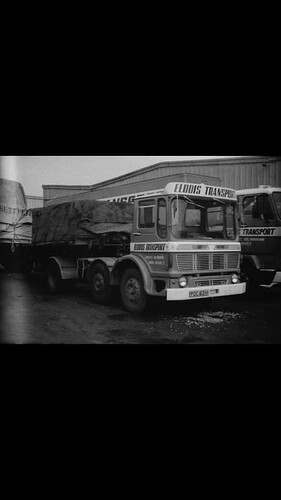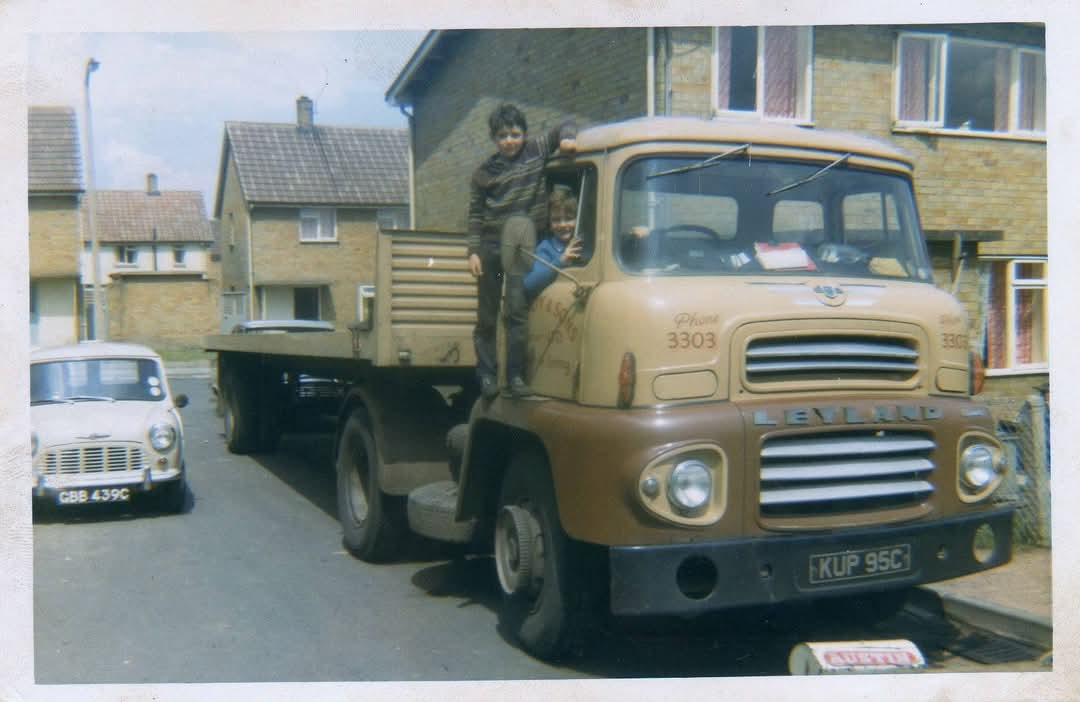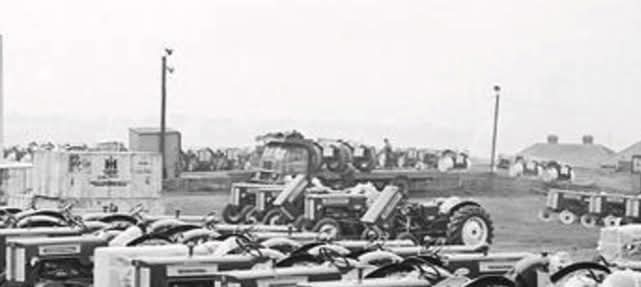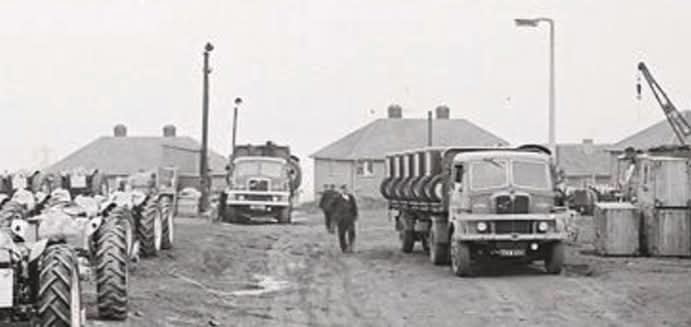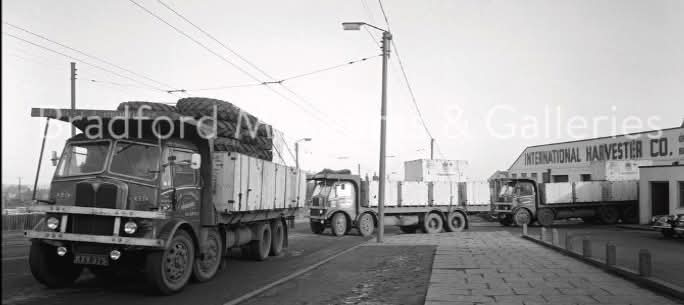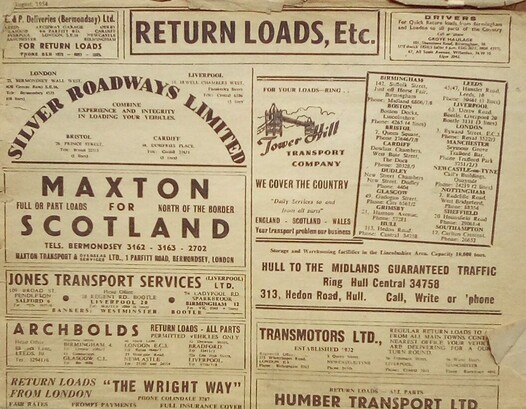That comment illustrates a problem that isn’t restricted to any particular individual on this forum or any other forum: some people lack humility. Nothing wrong with asking questions, even challenging ones, but when you’re shown by someone with experience and knowledge greater than your own, STFU and listen.
I did almost 4 years tarping loads of board (ply, particle board, MDF) on a heavy rigid here in Oz: yes I’ve got experience under my belt, but I don’t pretend to have learnt all there is to know. In the same way, someone who’s hired a luton Transit to move their stuff around or a friend’s stuff around of a weekend might have some experience, but they don’t have the chops to move house and home the way someone with years of experience at it has. And yes I am referring to me, but Carl Williams (ex of this parish) and his like could’ve taught me a thing or three.
Thanks buzzer
Don’t ask…
NEVER leave children, unsupervised, anywhere near any vehicle. Vehicles are not playthings
Signed :- a grumpy old git. ![]()
Precisely mate, I’m pretty experienced in most aspects of the long distance sector, but I’ll listen any suggestions. I do take with a pinch of salt, advice offered by peope who have never done the job.
Nobody knows everything about this industry, every day can be a school day.
MDF is a horrible load, normally on three stacks at a time then touching the trailer roof with no space to throw over the ratchet straps.
You then have to stop regularly to tighten the straps as the load is constantly moving in transit.
They’d know about it when he started it up they were noisey horrible things or the Albion versions were
If you hook the straps at one side of the trailer then bring the straps to the loading side and throw them up onto the roof it makes the job much easier.Just pull the straps back down once loaded and fasten… Just a suggestion
Did a fair bit of Caberboard for Ferrymasters from Ireland picked up usually from either Heysham or Fleetwood, Ferrymasters had lost a few loads off, and by time i was doing it load was strapped with signode banding which still wasn’t going to stop it moving if too heavy handed with the load. I was told in no uncertain terms treat it with respect and still had a couple loads that had a slight lean to when picking up at the docks.
Remember them GOM Ashworths Allerton Bradford.They had a contract with International Harvesters at the old Jowett car works in Bradford
I didn’t do a lot of general haulage, as previously stated I was a tanker man. But when I woz a young lad , just starting a career ‘on the road’, I did ONE load out of Caberboard, I’d didn’t know about the b loody stuff. But I’m eternally grateful to some of the ‘experienced’ men who showed me how to secure and strap the stuff, without their help and advice I’d neveer have got out of the yard.
One load…never again. ![]()
I do remember them and their AEC’s (those MM 8’s were grand old workhorses)
If I were a bit younger and a lot fitter I’d love a shift with a Mk 3. Nowadays I’d never be able to get mounted. ![]()
Laminated board (whether MDF or particle board) is the absolute pits to move, especially textured laminate, because no matter how tight the straps on the pack or how tight you strap the packs, they move. 20 mins out of the depot I could see the straps starting to get slack.
Exactly. The term “truck driver” is not a uniform thing, it’s made up of all sorts of specialist trades.
An interesting statement grumpy. It sounds as if you started on tankers (fuel?) at an early stage of your career.
I did my apprenticeship in the fuel industry, as a maintenance fitter. Even then I had decided that I wanted to go driving, but in those days it was a very different pathway.
A fellow started filling forty-four gallon drums and had to progress through a few other, different roles before seeing the inside of a truck.
Being impatient to go driving, I was not prepared to start at the bottom. My driving career took a different tack, including the job that Carryfast sneers at, bus driving. It was the only job an under twenty-five year old, with no history of, or contacts within the industry, could get to drive an HGV. Having demonstrated that I could drive a heavy ridged, creating minimal chaos I was away. Incrementally stepping into bigger trucks and travelling further. I had a few years as an owner driver, eventually realising the it was a lot more work for less money, than being an employed driver.
I knew that the top of the tree was heavy haulage and fuel driver and decided on heavy haulage. As is normal, I started on the lighter end of heavy work. As I worked my way up I discovered that as you progressed you also lost a lot of freedom with routes and stopping times and places out of my control.
I returned to what I knew, reliable long distance deliveries, but with a twist. I’d never done fridge or dry van work previously but was happy to give it a crack. For the next three years l had an arduous schedule of 4,300 km a week delivering mostly grog and groceries, five trailers a fortnight to two remote towns. Every Saturday morning for those three years I was making my first drop, wet and dry season. That reliability had me being offered a job driving a fuel truck. My interest had again been piqued. With automation and the reliance of fuel deliveries moving from rail to road, the pathway to fuel truck driver had changed. With a proliferation of independent fuel resellers and fuel carters, the focus was on a solid driving record, rather than a work history within the terminal environment. I had to do the usual DG and AIP courses, becoming one of the last to be signed off for top loading, as bottom loading was the norm.
I’d gained employment in, what i considered the pinnacle of the industry. It didn’t take long for me to realise that I was very much second class, working for a small independent, on second rate Ts & Cs. I stuck it out until I landed a job driving a road train for Caltex. I’d finally achieved my aim and reached the pinnacle.
This was my pinnacle, other’s milage may vary.
I’d be interested in the pathway to the job there, grumpy.
That’s a good suggestion, or when the FLT driver brings them out of the warehouse, place the loose straps on the pack,so once it’s inside the trailer just attach the mechanism to pull it tight.
